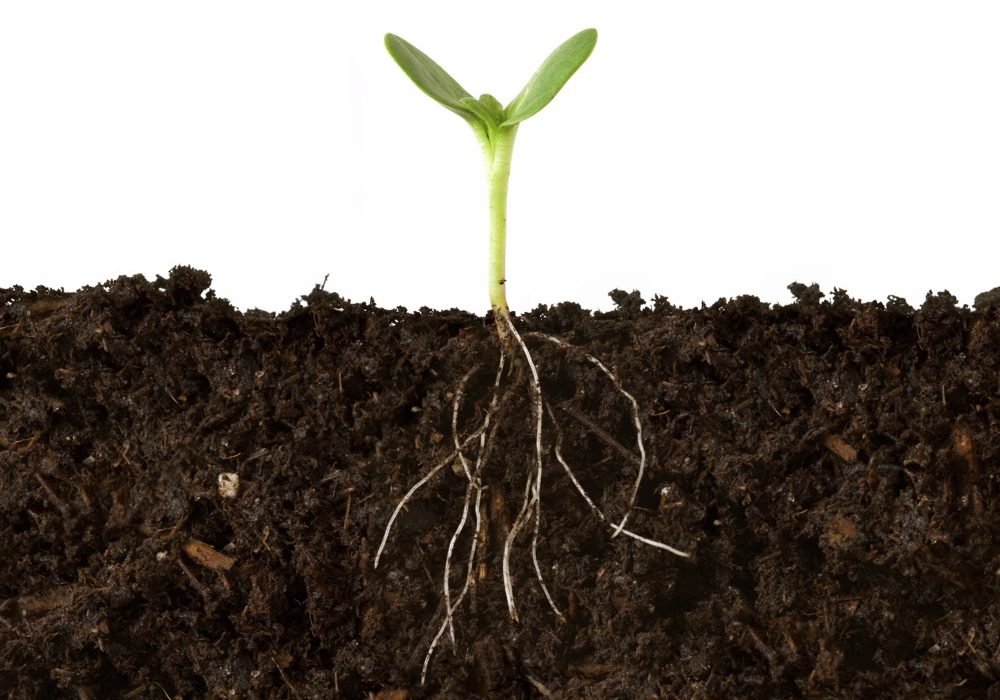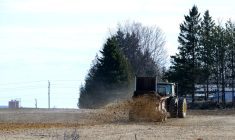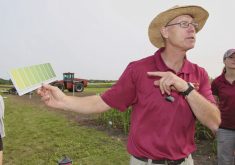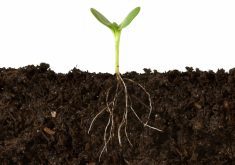It’s right under our feet. We barely notice as we go about our lives, yet it is nothing less than the largest carbon repository among all of Earth’s ecosystems.
This distinction is awarded neither to forests nor to the atmosphere, but to our soils. There are around 2,400 billion tons of carbon in the first two metres below ground, which is three times as much as in the atmosphere.
Today, a number of farming practices are helping trap more carbon below the ground.
Read Also

The new spin on farm legacy
Farmers are starting to think differently about the future of their farms in Western Canada. What does this mean for the next generation and farm succession planing?
It all begins with photosynthesis, when plants absorb atmospheric carbon dioxide into their chloroplasts, those small cell organelles that are packed with chlorophyll. A portion of this carbon captured by the plant enters the soil directly via new and existing roots.
Carbon can also enter soils when a plant sheds its leaves or crop residues are left in fields.
Some regions and ecosystems hold remarkably high carbon stocks in their soil, such as permafrost and tropical ecosystems such as rainforests.
An average 25 per cent of the carbon in the soil – and sometimes much more – is lost when forests or wetlands are turned into farmland. Still, certain agricultural practices can sequester additional carbon in the soil. Three solutions come up more frequently than others.
- No-till or limited-tillage farming: The technique reduces soil erosion, slows organic matter decomposition due to minimal soil oxygenation and preserves the soil’s biodiversity.
- Permanent soil cover: This is either mulch from crop residues left in the field or living plant cover between different crops. This cover protects the soil against erosion, especially water erosion, and traps carbon, all while benefiting soil wildlife (bacteria, fungi, earthworms, etc.)
- Crop diversification: A more diverse crop means less development of bioaggressors and plant diseases, as well as increased productivity for the cultivated plots, owing in particular to the effects of previous crops. Boosted productivity among crops helps keep more carbon in the plot. As such, a greater amount of carbon enters the soil, specifically through crop roots.
These practices form what is defined as “conservation agriculture”, and combined, they present real benefits in terms of increasing soil carbon stocks – but only when used together.
Recent research done in sub-Saharan Africa suggests that only by combining the three principles of conservation agriculture can we hope for any significant increase in soil carbon stocks.
To understand the benefits from combining these three practices, it is crucial for us to carry out experiments over the long term. It would take an average of five to 10 years to detect any significant variation in soil carbon stock.
Fourteen years ago, in Cambodia, the French Agricultural Research Centre for International Development (CIRAD) and the Cambodian Ministry of Agriculture began tests on cassava-based systems. This crop accounts for nearly 700,000 hectares in the country, grown primarily for export to produce flour for animal feeds.
By using a combination of no-till and direct sowing, permanent soil cover with plant cover, and crop rotation with corn, we were able to observe a considerable increase in soil carbon. Rates stood at around 0.7 to 0.8 tons per hectare per year at depths of up to 40 centimetres.
The region’s hot, humid climate facilitated permanent soil cover with highly productive plant cover, including legumes (sunn hemp and cowpea) and grasses (millet) between the cassava and corn crops on plots where corn had been sown.
As a result, carbon could be stored all year long due to photosynthesis, while a remarkably deep root system was developed, increasing carbon stocks well below the initial soil layers. This additional carbon storage in the soil will continue until the system reaches a new balance. The plan is to conduct this trial over several decades to ascertain its long-term viability.
The interest for farmers is not only soil carbon sequestration and its benefits for mitigating climate disruption. They also have a positive impact on soil fertility and the resulting crop productivity, which they achieve by reducing the risk of erosion and improving nutrient availability, and they can improve water conservation.
Together, these are crucial benefits that are often priorities for farmers in the global south, who are among those most affected by climate disruption.
– The authors are agronomy researchers at CIRAD, the University of Zimbabwe and University of Montpellier. This is an abridged version of an article that first appeared as part of Reuters’ the Conversation.















